Latent defects insurance
It is the nature of construction projects that faults and defects caused by failures in design, workmanship or materials, may not become apparent or readily detectable (even with the exercise of reasonable care) until many years after completion of the project, long after the end of the defects liability period. Such defects are known as latent defects. Latent defects can be extremely expensive and disruptive to rectify.
Latent defects insurance provides cover for new buildings (or new works to existing buildings) in the event that latent defects become apparent. Latent defects insurance is seen to provide more complete cover for defects than other methods, (such as collateral warranties) which may require proof of breach of contract. This can take considerable time, and can be subject to complications such as net contribution clauses and insolvencies.
Latent defects insurance was proposed in 1988 when the Construction Industry Sector Group of the National Economic Development Council published their report Building Users' Insurance Against Latent Defects. At the time, there was little take up, as the premium, was in the order of 1.3% to 1.7% of the rebuilding cost. So, for example, on a £10 million rebuilding cost, the premium would be of the order of £150,000. In addition, there were fees and expenses for independent design checkers.
However, there is now much more flexibility in the insurance market as to the range of available cover available. There are several insurers writing building defects type insurance and premiums are reducing. As a consequence, latent defects insurance is becoming more prevalent.
Cover will usually be provided for 8 to 12 years from the issue of the final certificate or certificate of practical completion (although longer policies are now available). Typically, the insurance provides cover, up to the full rebuild cost, for repairs and for work to prevent imminent damage.
Basic policies cover the structure and weatherproofing but this can be extended to include non-structural elements and mechanical and electrical services (such as heating, ventilating, air-conditioning, water systems, lifts, escalators, electrical distribution systems, building management systems, and so on), and some policies will provide cover for loss of rent, loss of profit or revenue, and the costs of working from alternative premises.
Premiums can either be payable annually, or through a single, one-off payment, and policies are generally freely assignable.
In addition to the premium, technical auditors will have to be paid for by the insured to check the design for insurers. There is, inevitably, an element of duplication of fees here in the sense that the building owner is paying professionals for the design and then paying other professionals to vet the design for insurers. However, it can be argued that this audit process is good for risk management of the design, workmanship, installation, choice of materials and testing.
Waiver of subrogation rights against architects, engineers and contractors is available but at increased premiums. At present this does not appear to reduce professional indemnity insurance premiums.
The use of latent defects insurance does not mean the end of collateral warranties. Most lawyers take the view when advising developers and tenants, that collateral warranties are still needed to plug any gaps there may be in the extent of cover provided by latent defects insurance. Unlike claims for breach of contract, cover under latent defects insurance is limited to the maximum sum insured, and only certain specified losses are covered. In addition, policies may include an excess (sometimes around 1%).
[edit] Related articles on Designing Buildings Wiki
- Breach of contract.
- Building Users' Insurance Against Latent Defects.
- Collateral warranties.
- Defects.
- Insurance.
- JCT Clause 6.5.1 Insurance.
- Joint names policy.
- Latent defects.
- Legal indemnity insurance.
- Net contribution clauses.
- Post-completion insurance
- Practical completion.
- Professional Indemnity Insurance.
Featured articles and news
Architects, architecture, buildings, and inspiration in film
The close ties between makers and the movies, with our long list of suggested viewing.
SELECT three-point plan for action issued to MSPs
Call for Scottish regulation, green skills and recognition of electrotechnical industry as part of a manifesto for Scottish Parliamentary elections.
UCEM becomes the University of the Built Environment
Major milestone in its 106-year history, follows recent merger with London School of Architecture (LSE).
Professional practical experience for Architects in training
The long process to transform the nature of education and professional practical experience in the Architecture profession following recent reports.
A people-first approach to retrofit
Moving away from the destructive paradigm of fabric-first.
International Electrician Day, 10 June 2025
Celebrating the role of electrical engineers from André-Marie Amperè, today and for the future.
New guide for clients launched at Houses of Parliament
'There has never been a more important time for clients to step up and ...ask the right questions'
The impact of recycled slate tiles
Innovation across the decades.
EPC changes for existing buildings
Changes and their context as the new RdSAP methodology comes into use from 15 June.
Skills England publishes Sector skills needs assessments
Priority areas relating to the built environment highlighted and described in brief.
BSRIA HVAC Market Watch - May 2025 Edition
Heat Pump Market Outlook: Policy, Performance & Refrigerant Trends for 2025–2028.
Committing to EDI in construction with CIOB
Built Environment professional bodies deepen commitment to EDI with two new signatories: CIAT and CICES.
Government Grenfell progress report at a glance
Line by line recomendation overview, with links to more details.
An engaging and lively review of his professional life.
Sustainable heating for listed buildings
A problem that needs to be approached intelligently.
50th Golden anniversary ECA Edmundson apprentice award
Deadline for entries has been extended to Friday 27 June, so don't miss out!
CIAT at the London Festival of Architecture
Designing for Everyone: Breaking Barriers in Inclusive Architecture.
Mixed reactions to apprenticeship and skills reform 2025
A 'welcome shift' for some and a 'backwards step' for others.









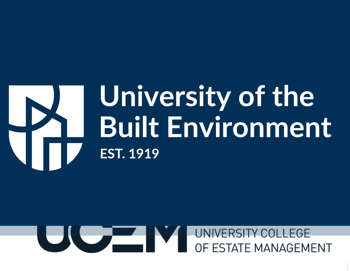
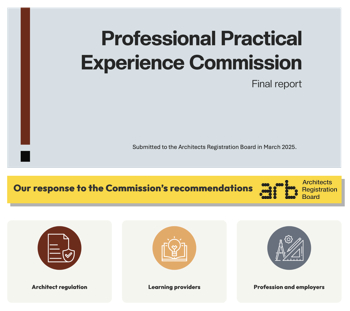
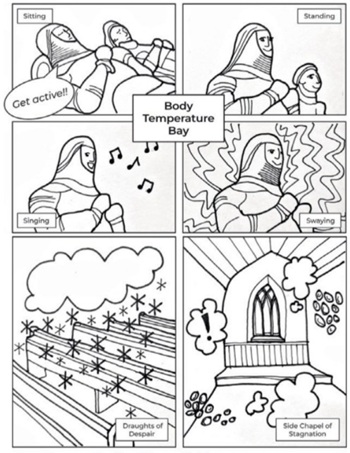


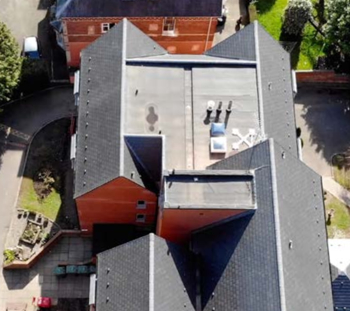
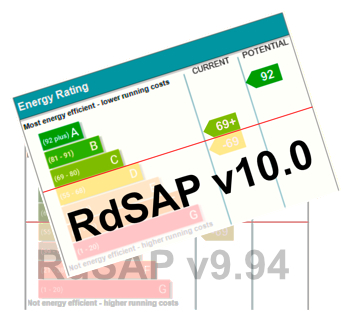

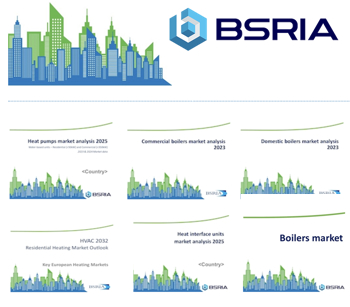

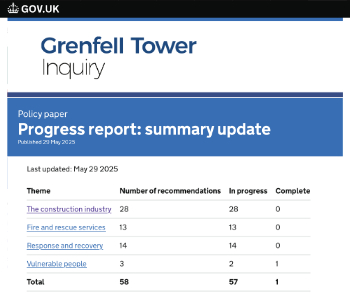



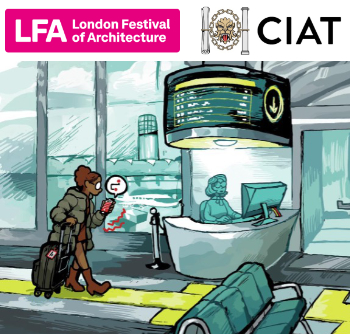

Comments
Who should pay the latent defects insurance premium for a leasehold property - Developer/ Freeholder/ Leasholder or a mix of all three?